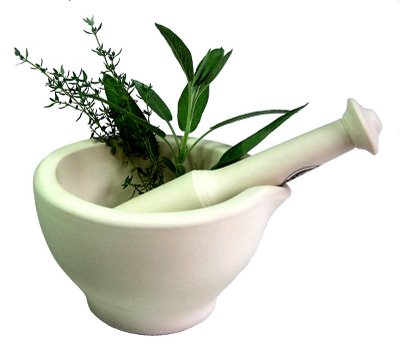 Drugs to protect the liver are prescribed in some countries as a routine part of tuberculosis treatment.
Drugs to protect the liver are prescribed in some countries as a routine part of tuberculosis treatment.
But do they work?
First, the details.
- 85 research articles were included in the review.
- Studies were carried out in China (77), India (2), Russia (4), and Ukraine (2).
- These studies were not limited to testing herbals, but also included vitamins and other drugs.
- It was difficult to keep the patients from knowing their treatment because the herbals have distinct odors — blinding was often not done.
And, the results.
- Different combinations of ingredients were often given even in the same study based on the perceived needs of the patients.
- 30 different liver protection drugs or mixtures of herbs, vitamins, and prescription drugs were identified.
- Herbals included in the Chinese studies:
- Extract of milk thistle (silymarin) most frequently
- Oleanic acid (extract of swertia)
- Glycyrrhizin (extract of liquorice)
- Products in the Indian studies:
- Stimuliv tablets
- Optiliv capsules
The bottom line?
Drug-induced liver injury during anti-tuberculosis therapy ranges from 5% to 33% according to the American Thoracic Society. But it was impossible to determine if anything helped prevent liver toxicity in these tuberculosis patients.
The studies reviewed were mainly small and poorly conducted. Study designs were sometimes mislabeled. For example, retrospective studies were sometimes actually case reports. The research methods were not defined. Little information about safety was included in the results. Outcome measures and endpoints were often omitted.
Goodness gracious!
10/22/08 19:24 JR